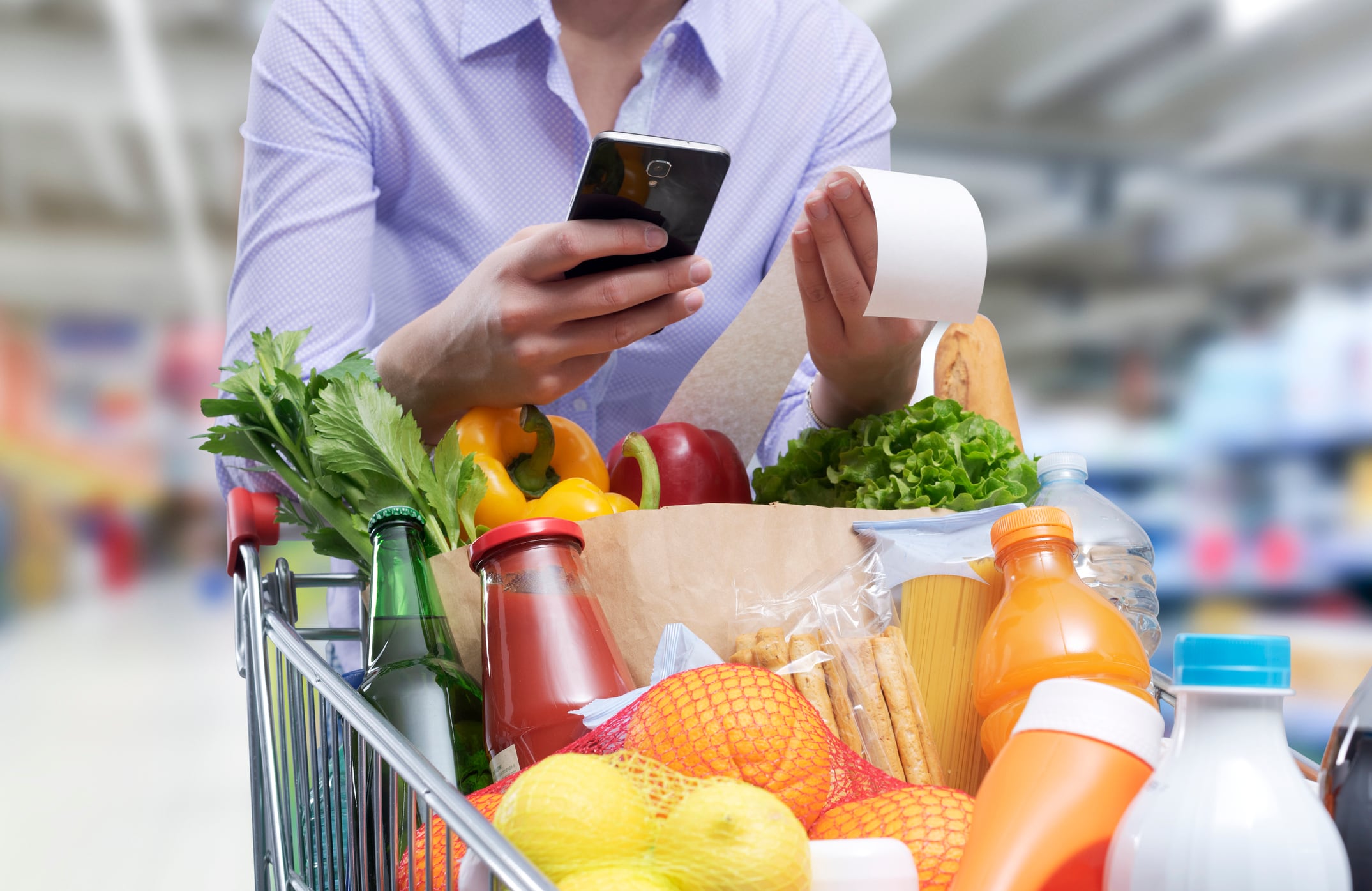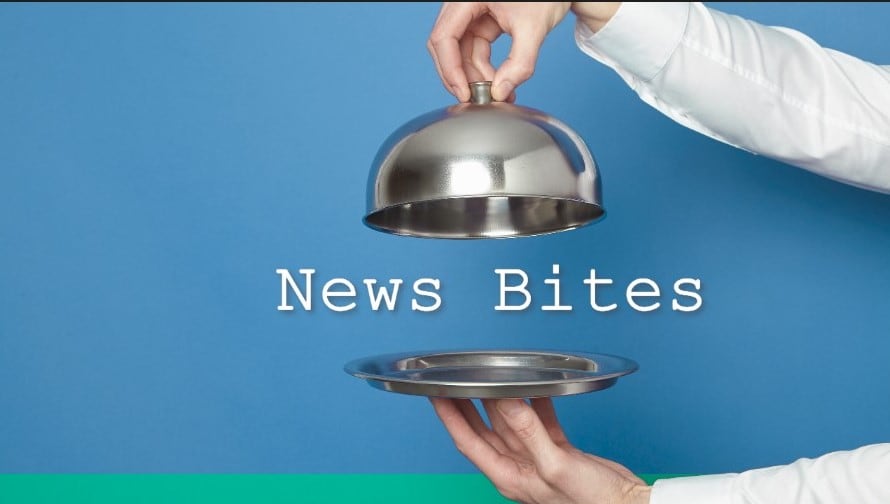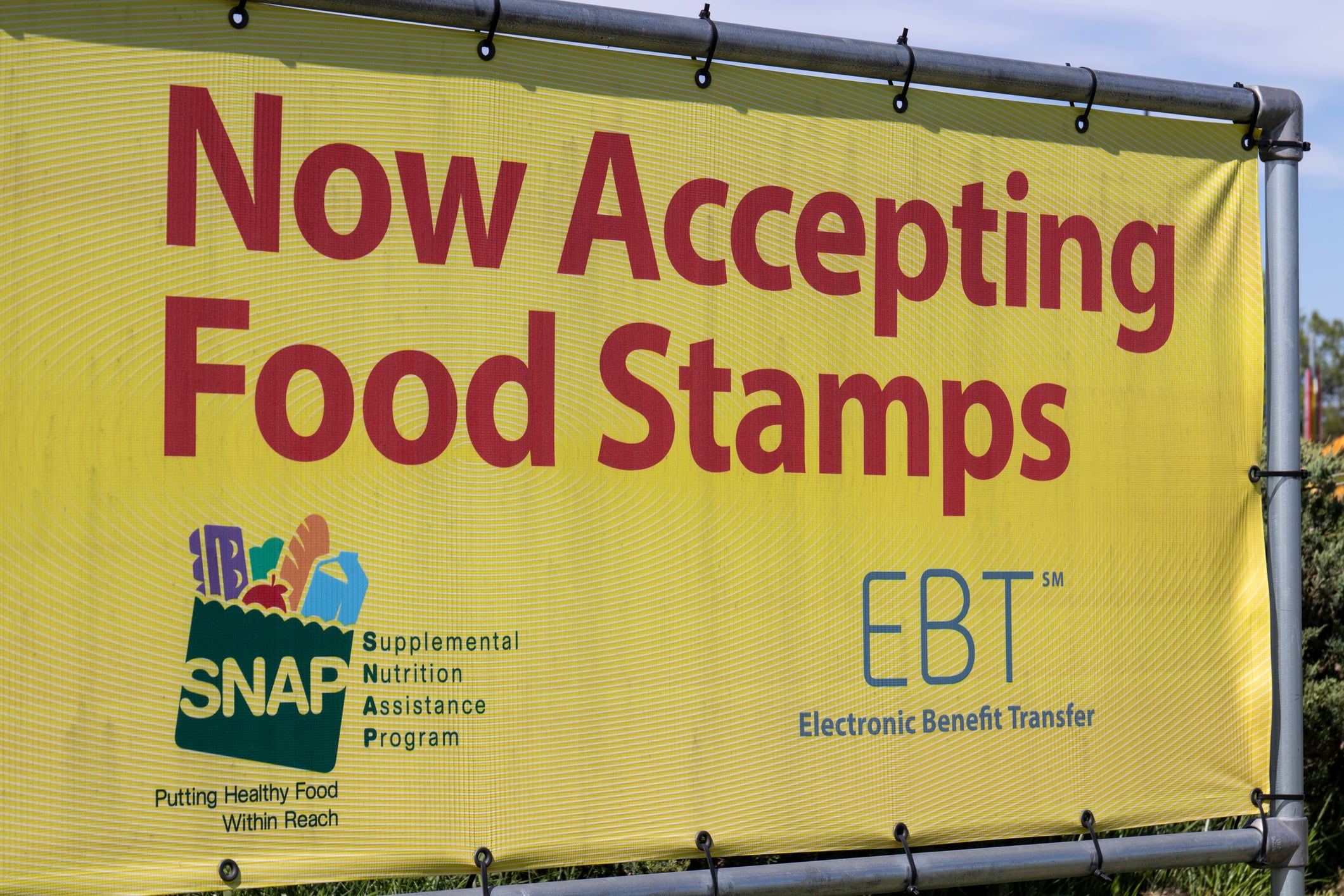With at least six states restricting soda, candy and other “unhealthy” items from SNAP purchases, food and beverage manufacturers face sales headwinds and opportunities to reposition products for value-driven consumers.
For brands, SNAP restrictions reveal which categories are most exposed, and how they can adapt to pricing, pack and promotional strategies to retain SNAP households, according to Sally Lyons Wyatt, global EVP and chief advisor, Circana.
Categories most at risk
The most immediate impact comes from two factors: fewer participants due to stricter eligibility rules, and state-level waivers that restrict what products can be purchased with Electronic Benefit Transfer (EBT), according to Lyons Wyatt.
“Obviously, sodas are by far the No 1 most vulnerable, because they are in every one of the state waivers,” she said. Nearly a quarter (23%) of carbonated soft drink sales come from SNAP households, with 11% occurring when an EBT payment is used, per Circana data.
Candy is another category to watch.
“Right now, about 18% of chocolate candy [sales] are made by SNAP consumers, and of the sales occurring with EBT payments, it’s roughly about 8%,” Lyons Wyatt explained.
Energy drinks, salty snacks, cookies, frozen dinners and milk are also among the top categories where SNAP households make up close to one-fifth of sales, according to Circana.
Some categories with high SNAP penetration face sales obstacles in states that restrict purchases, but Lyons Watt noted that reduced access to soda, candy and other items could also redirect benefits toward alternative food and beverage categories.
Pricing, pack and promo adjustments
With many SNAP participants losing eligibility or experiencing reduced benefits, brands will need to rethink pricing and pack strategy.
“What we have seen this year is a slowing down across all food and beverage and part of that is because of the compounded macroeconomic situation,” said Lyons Wyatt, citing wage pressures, debt and job insecurity among younger consumers. “But what has stayed true no matter what income group is meal essentials.”
She emphasized that brands should reinforce the affordability of at-home meals and focus on meal staples across income groups.
Lyons Wyatt outlined three key strategies for brands and retailers:
- Affordability – Brands need to consistently reinforce the affordability of at-home meals and ensure their products are positioned as budget-friendly options
- Education – Many SNAP consumers require guidance on what products fit within their budget, making nutrition and meal-planning education an essential strategy
- Digital engagement – Since SNAP households are highly active on social and digital platforms, brands should use those channels to communicate value and meal solutions
Lyons Wyatt urged brands to use digital and social channels to communicate “how can you feed your family for $5, $10, whatever it might be,” and “can that stretch to two meals?”
New opportunities in prepared foods
While restrictions are creating barriers in some categories, evolving rules may open the door for new opportunities. For instance, Arkansas now allows rotisserie chicken under SNAP.
Lyons Wyatt suggested brands view these prepared-food allowances as a chance to bundle products, create meal solutions and drive incremental sales rather than lose share.
“What can you do to complement the products that are indeed allowed? Can you do combo deals? Can you do meal recommendations? Can you talk about how you take the rotisserie chicken and do 10 things with it?” she noted.
The role of retailers and SNAP education
Lyons Wyatt also highlighted the importance of SNAP-Ed a federally funded program that provides beneficiaries nutrition education and support, and retailer-led education.
She pointed to initiatives that taught consumers about fruits and vegetables, how to build affordable meals and how to supplement food budgets with home gardening. Retailers, she argued, should continue to play this role.
“One role that retailers should absolutely have is the resource that teaches and educates consumers about different ingredients,” she said.
Other examples include low-cost recipe bundles (“For $5 you can feed a family of four or six,” she highlighted) and omnichannel communication through apps, QR codes and in-store signage. Community events, such as barbecues with food partners, also create engagement and reduce stigma, she added.
Building a state-by-state strategy
With each state adopting different waiver rules and product definitions, Lyons Wyatt advised brands to prepare for a patchwork regulatory landscape. She noted that even definitions of “sweet baked goods” vary across states, creating new operational challenges.
“I’m actually telling everybody they need to have a SNAP state strategy because there are variances in each state, because there are different definitions,” she said.
Lyons Wyatt underscored that SNAP consumers today face the same compounded pressures hitting the broader economy – from inflation and tariffs to supply volatility in commodities.
“From a SNAP perspective, it’s similar to what I described with the younger consumer who has so many headwinds in front of them. It’s the same with SNAP,” she said.




